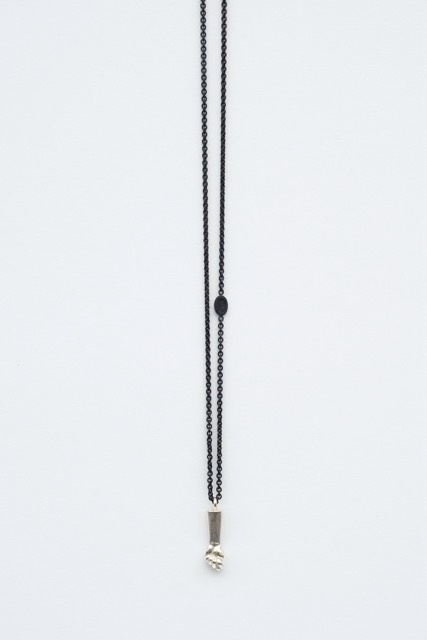













Length 70cm
Fighand 30mm
Available in Silver and gold plated.
In ancient Rome, the fig hand was a common symbol of fertility and luck and served as an amulet to ward off evil magic. It was also used as a symbol by the Germanic tribes.
Around 1494. Albrecht Dürer also depicted a fig hand on a study sheet with hands.
Fig-hand talismans are still considered lucky charms in Portugal and Brazil. They served not only to reject an imposition, but also to ward off all kinds of evils such as witches, screaming and the evil eye. Numerous amulets in the form of a hand forming the envy fig, which were widespread in southern Germany and (carved from Gagat) are sold to pilgrims in Santiago de Compostela (so-called Santiago-Fica), have an apotropaic function.
Im alten Rom war die Feigenhand ein gängiges Symbol für Fruchtbarkeit und Glück und diente als Amulett zum Schutz vor böser Magie. Auch die germanischen Stämme verwendeten sie als Symbol.
Um 1494. Albrecht Dürer stellte ebenfalls eine Feigenhand auf einem Studienblatt mit Händen dar.
Feigenhand-Talismane gelten in Portugal und Brasilien noch immer als Glücksbringer. Sie dienten nicht nur dazu, eine Zumutung abzuwehren, sondern auch, um alle Arten von Übel wie Hexen, Schreie und den bösen Blick abzuwehren. Zahlreiche Amulette in Form einer Hand, die die Neidfeige formt, die in Süddeutschland weit verbreitet waren und (aus Gagat geschnitzt) an Pilger in Santiago de Compostela verkauft werden (sogenannte Santiago-Fica), haben eine apotropäische Funktion.
230,00 € – 860,00 €Price range: 230,00 € through 860,00 €
Legal Notices